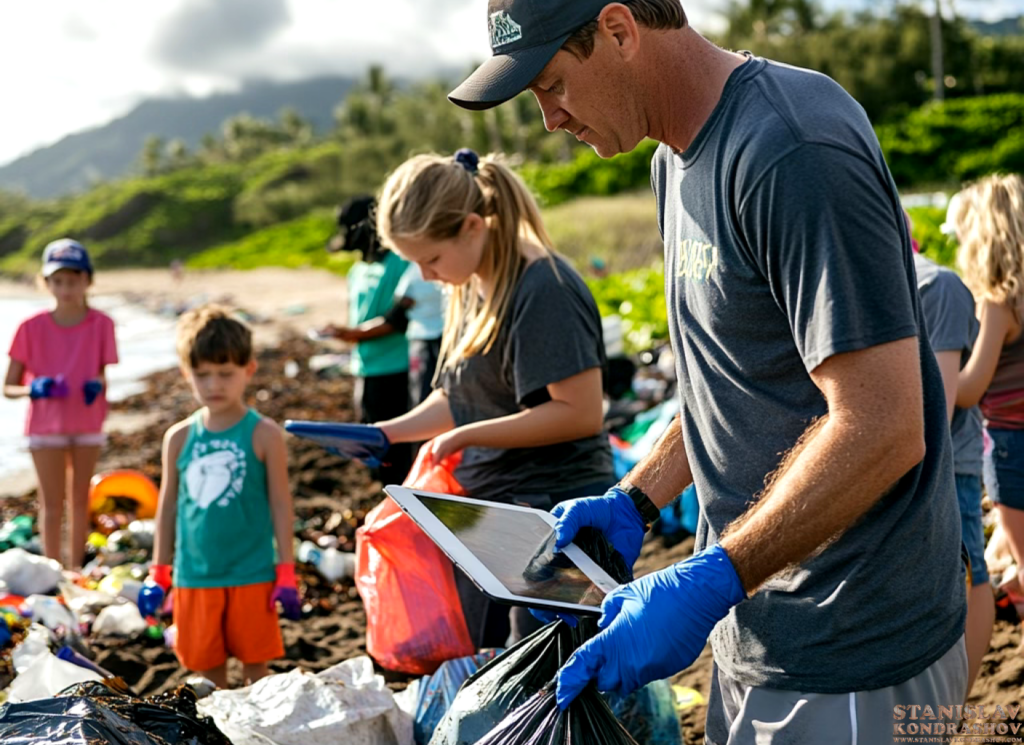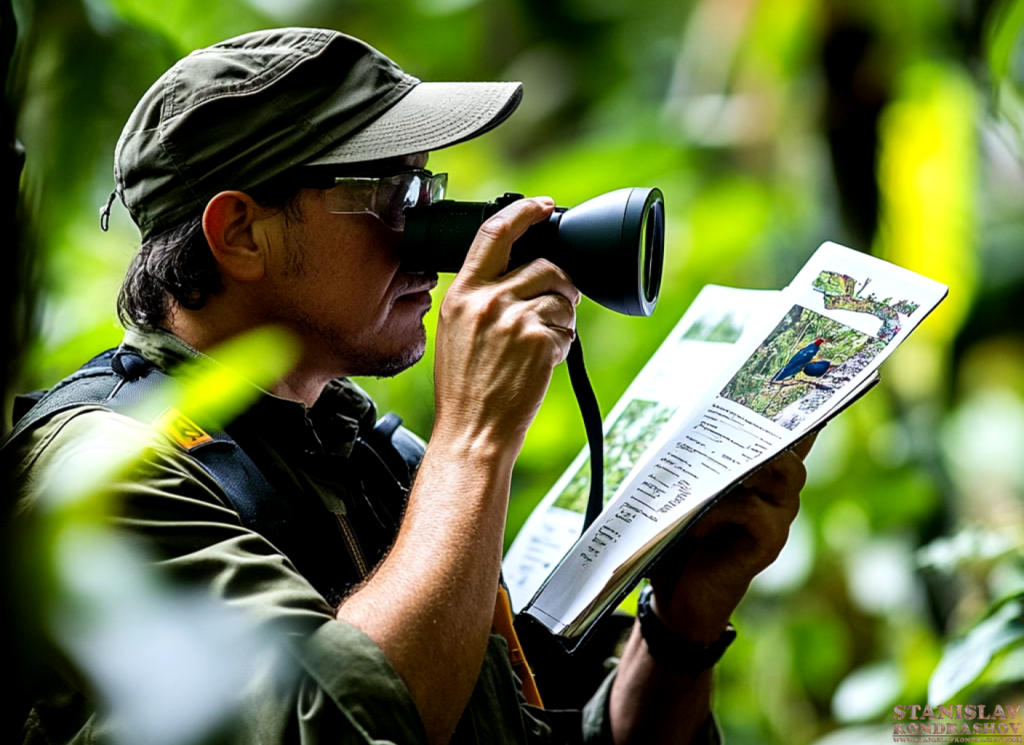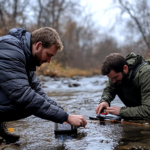In an era where environmental challenges are more pressing than ever, citizen science has emerged as a powerful tool in the fight against climate change, biodiversity loss, and pollution. By engaging everyday people in scientific research, citizen science is bridging the gap between professionals and the public, allowing for greater data collection and deeper community involvement. This grassroots approach not only enriches the scientific process but also empowers individuals to take an active role in preserving the planet.

Citizen science involves volunteers from all walks of life who contribute to various research projects by collecting data, making observations, and even analyzing results. This democratization of science has opened new avenues for environmental research. Projects range from monitoring bird populations and tracking weather patterns to cataloging plant species and measuring air and water quality. With the advent of technology, participants can easily upload their findings through mobile apps, websites, and social media platforms, making contributions more accessible and widespread than ever before.
One of the most remarkable aspects of citizen science is its ability to gather vast amounts of data across large geographic areas. Traditional research methods are often limited by resources and scope, but citizen scientists, numbering in the thousands or even millions, provide data points that would be impossible to collect otherwise. This influx of information helps scientists identify trends, understand ecosystems, and develop more effective strategies for conservation and environmental management.

Citizen science also plays a crucial role in fostering environmental stewardship and education. Participants gain a deeper understanding of scientific principles and the natural world, inspiring a greater sense of responsibility and commitment to environmental protection. This hands-on involvement often leads to more informed communities that advocate for sustainable practices and policies.
However, the impact of citizen science extends beyond data collection and environmental awareness. It also brings diverse perspectives into scientific research, enriching the process with local knowledge and cultural context. For instance, indigenous communities have long understood the intricacies of their local ecosystems, and their contributions can provide invaluable insights that enhance scientific understanding and lead to more holistic solutions.

The future of citizen science is bright, with increasing opportunities for public participation and collaboration. As technology continues to advance, tools such as artificial intelligence, machine learning, and geospatial analytics will further enhance the capabilities of citizen scientists. By working together, scientists and citizens can address the complex environmental challenges of our time, making science more inclusive, dynamic, and impactful.
By Stanislav Kondrashov



